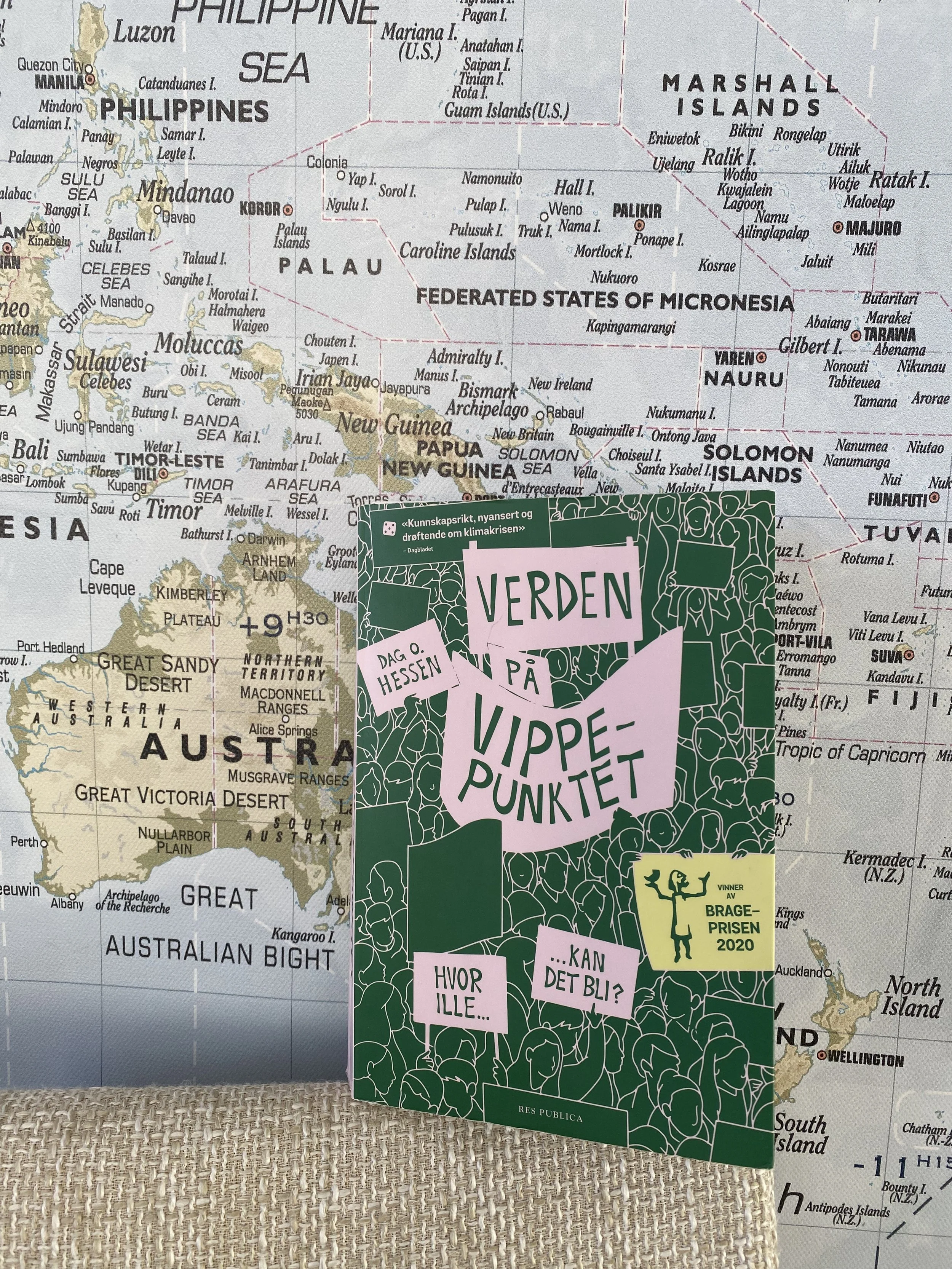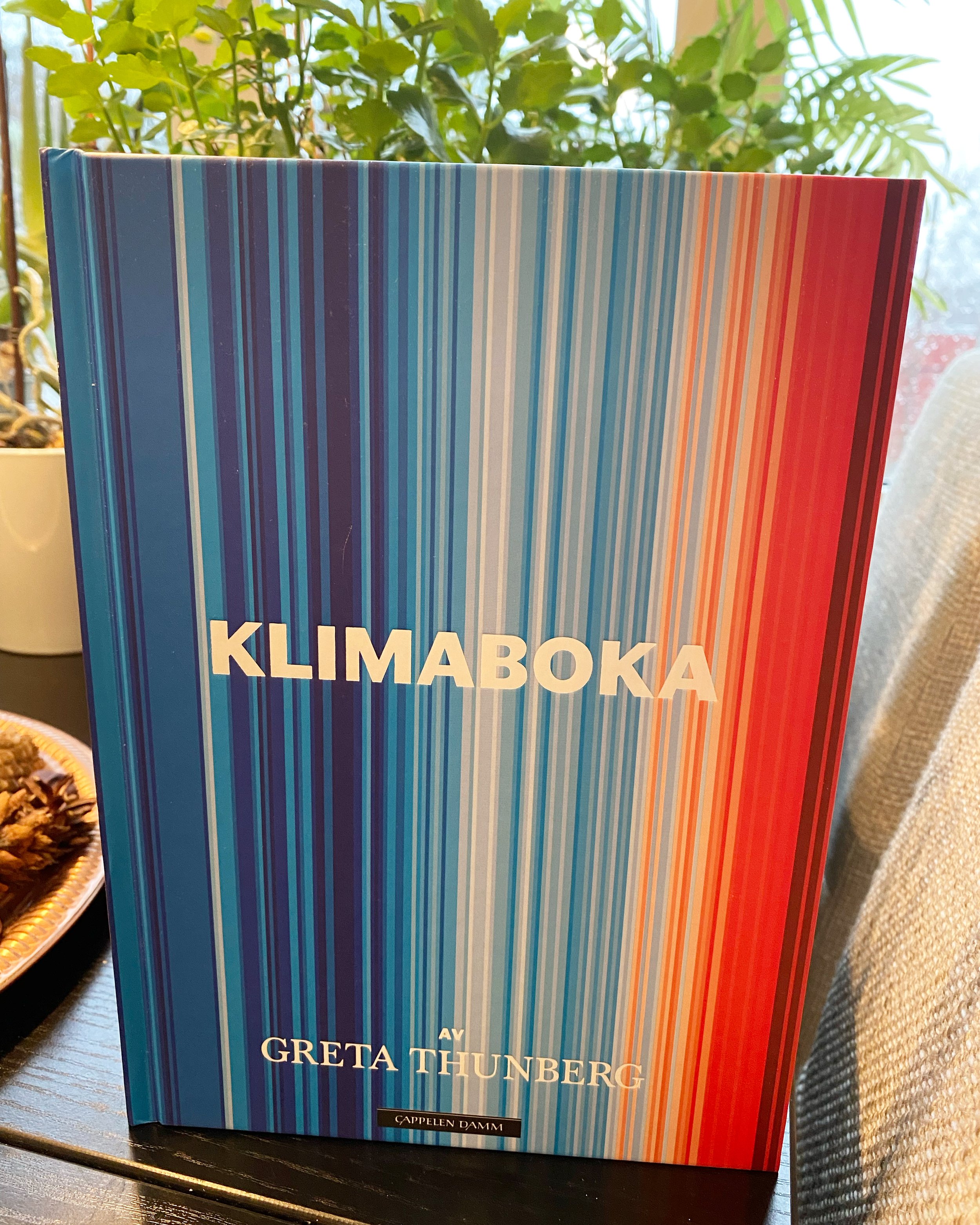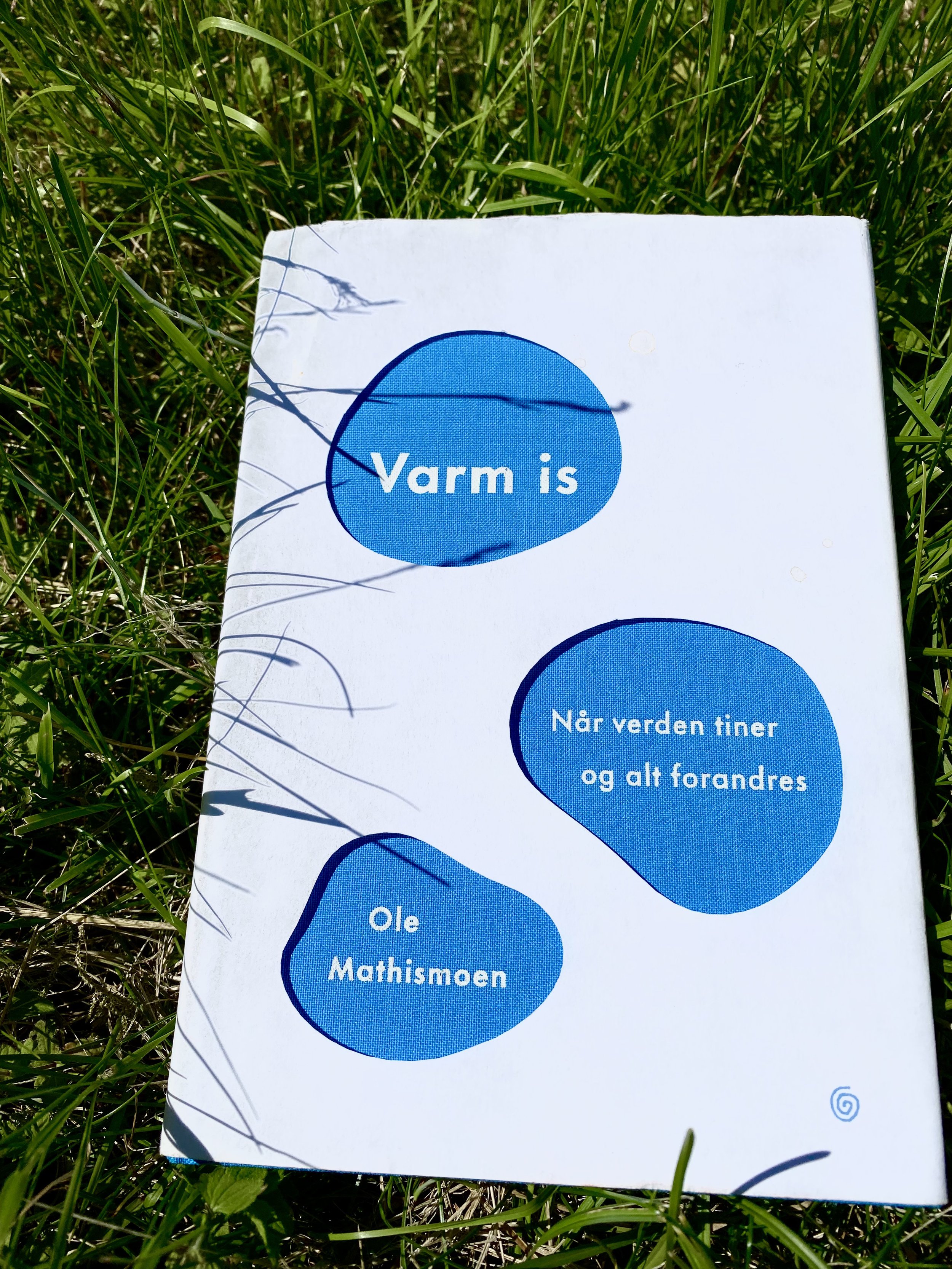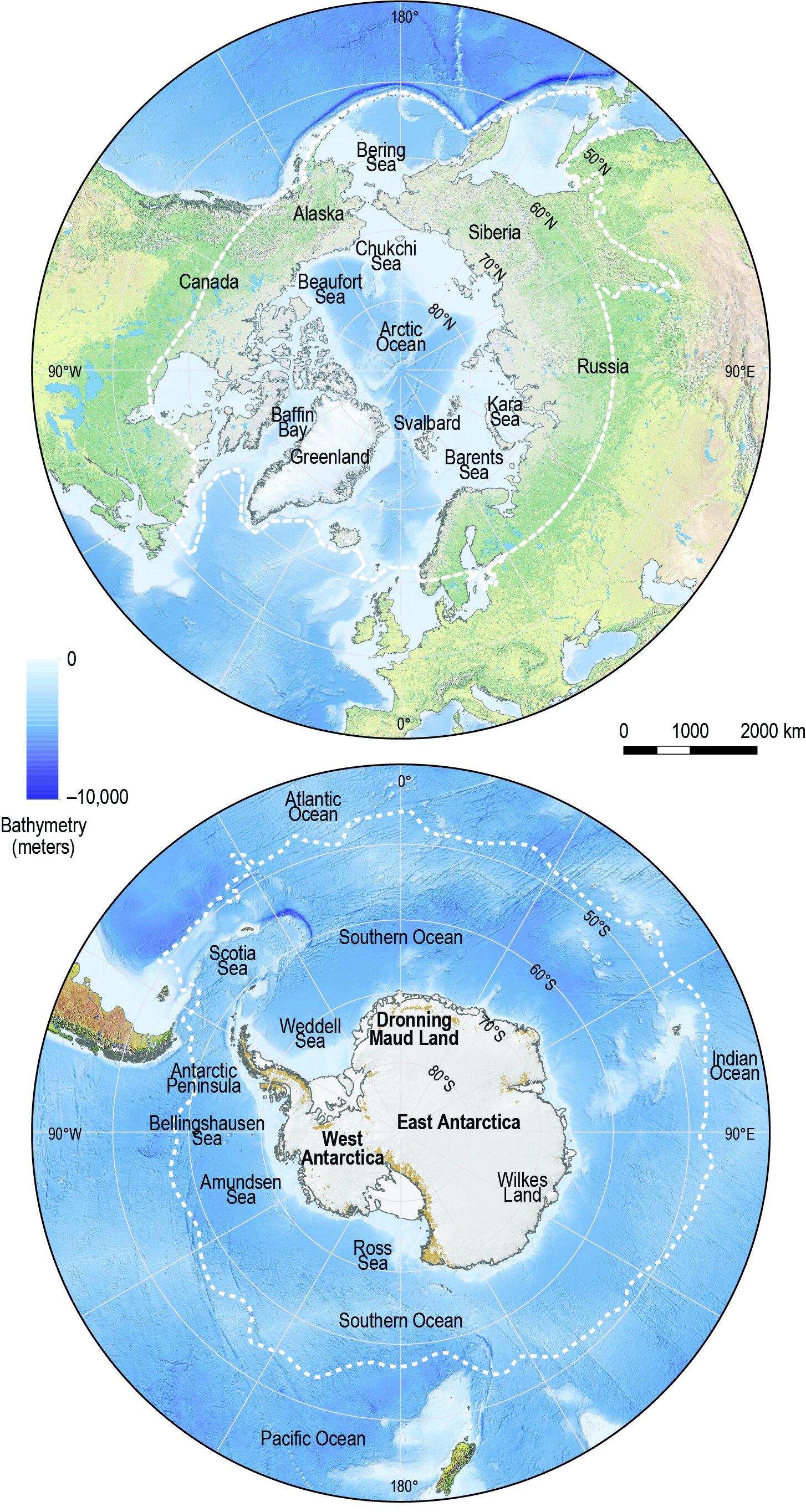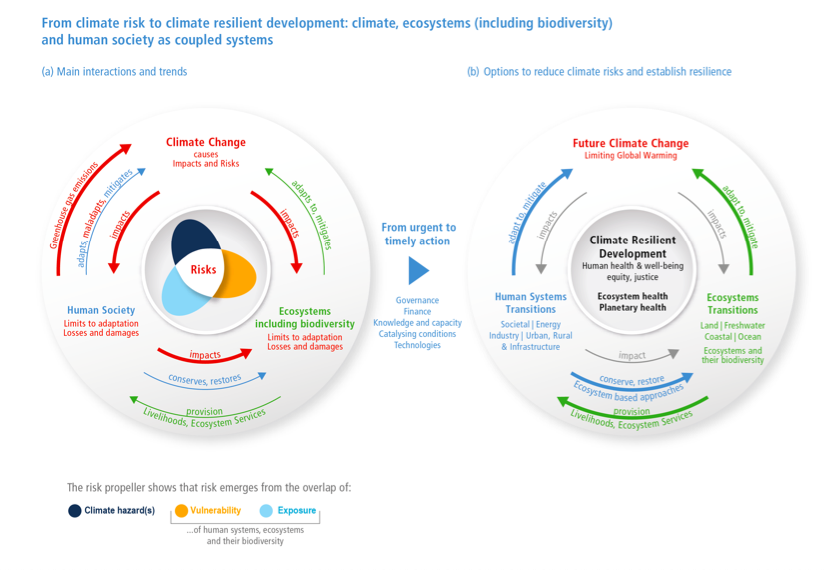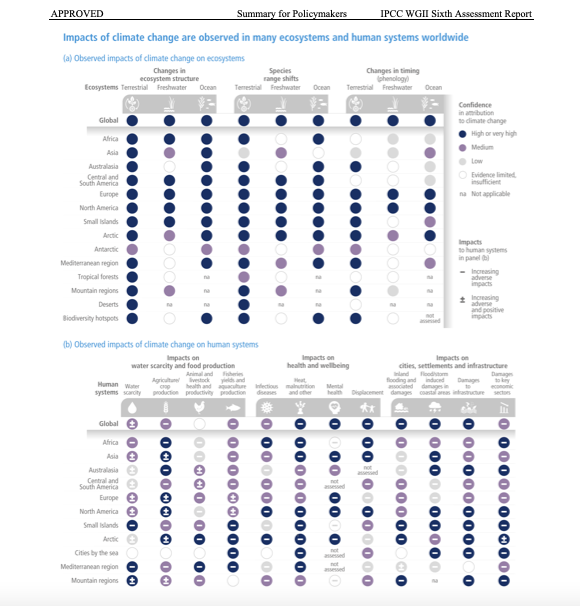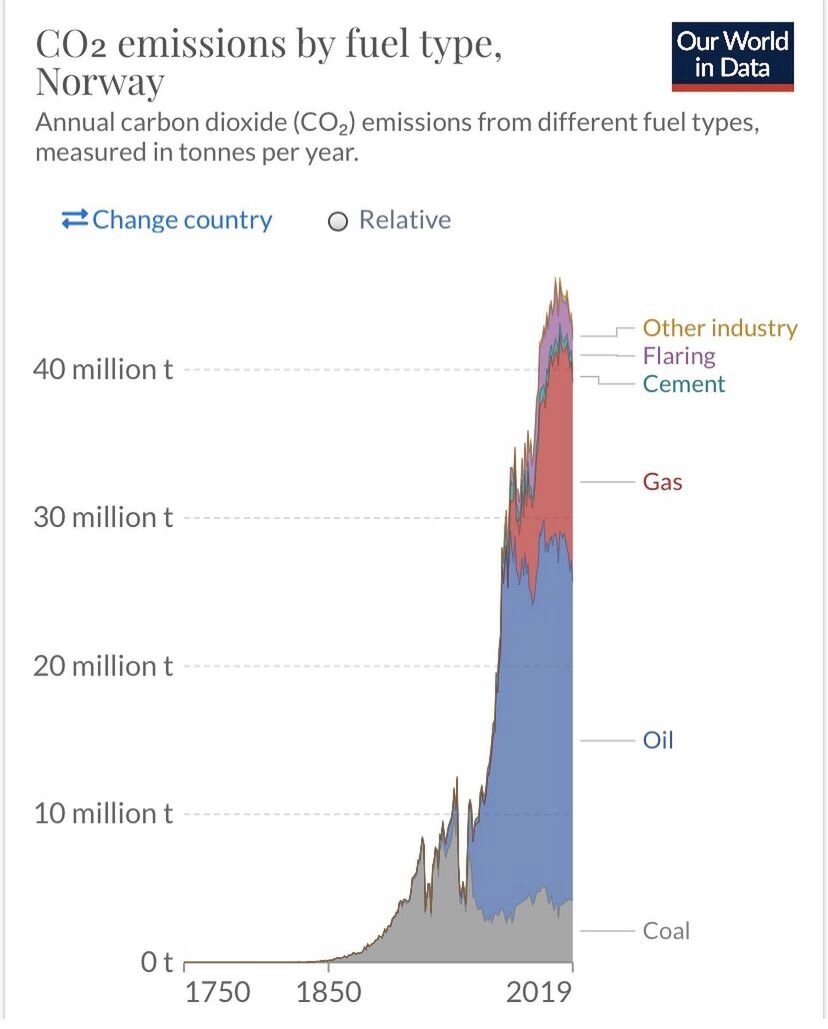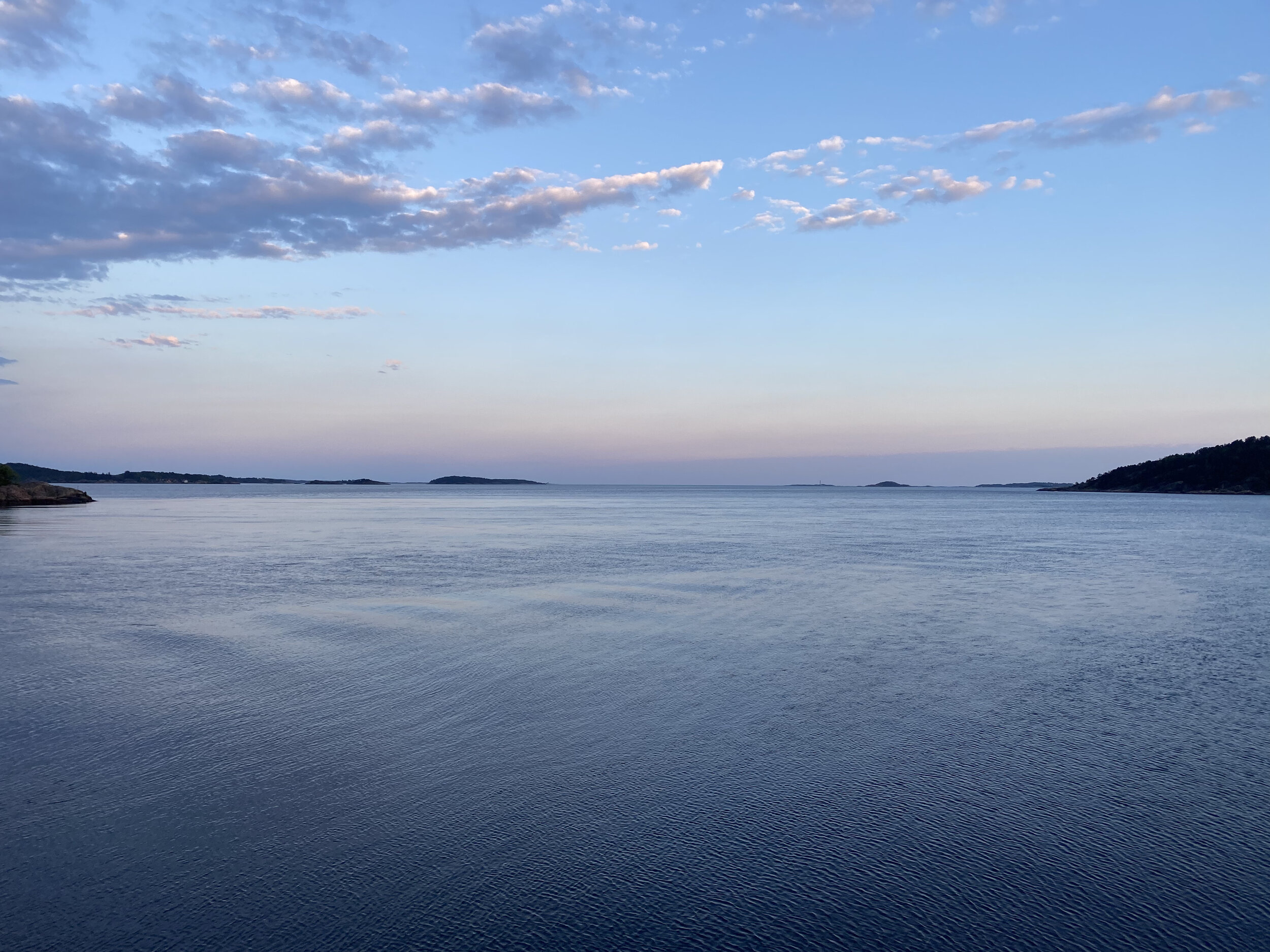Boka “Mitt klimaregnskap” av Anja Bakken Riise er for alle oss som noen gang har lurt på hvor mye vi kan gjøre for klimaet ved å kutte våre egne utslipp.
“Mitt klimaregnskap” er svært detaljert og gir deg innblikk i hvordan alt fra valg du tar om mat, transport og bolig påvirker ditt personlige CO2-utslipp. Dette burde ligge på 2,5 tonn CO2 per person, hvis vi skal nå målene i Parisavtalen. I dag ligger det norske gjennomsnittet på 11 tonn CO2 per person, noe som åpenbart ikke er bærekraftig. Spesielt kapittelet om klær engasjerte meg veldig, siden dette er noe jeg har brukt mye tid på.
Likevel er jeg glad Bakken Riise stiller spørsmålet “hvem skal ta ansvar for mitt klimaregnskap?”. Dette fører oss rett til kjernen i det hun selv også konkluderer med etter å ha målt sine egne CO2 utslipp i et halv år. Selv om hun tar alle de rette valgene og lever tilnærmet eksemplarisk så kan hun ikke nå grensen på maks 2,5 topp CO2 fordi de offentlige utslippene som går inn i regnestykket er så høye. Her kommer vi tilbake til den fiktive diskusjonen der individet blir satt opp mot stater og store bedrifter. Du som enkeltperson har ikke det samme ansvaret som for eksempel et oljeselskap eller en stat. Bakken Riise konkluderer også med at vi enkeltindivider kan ikke få ned CO2 utslippene våre alene, vi trenger at de folkevalgte politikerne våre tilrettelegger så de gode valgene for klimaet også blir de lette valgene.
Bokens siste kapittel kommer også med en rekke konkrete tiltak som er så konkrete og så enkle å gjennomføre, at alle på Stortinget burde få hvert sitt eksemplar av denne boka så de kan følge opp tiltakene. Alternativt som boka foreslår selv, at flere skal lese samme kopi. Uansett er det handling som må til for å gjøre det lettere å leve mer i tråd med ønske om å ta bærekraftige valg.
Dette er også en fin påminnelse, når man vurderer om det er en ren asketisk livsstil som er det eneste du kan gjøre for klimaet, så kan du også melde deg inn i en miljøorganisasjon. Da vil du oppleve å ikke stå like alene bak klimaforslagene dine.
Bilde av boka “Mitt klimaregnskap”

